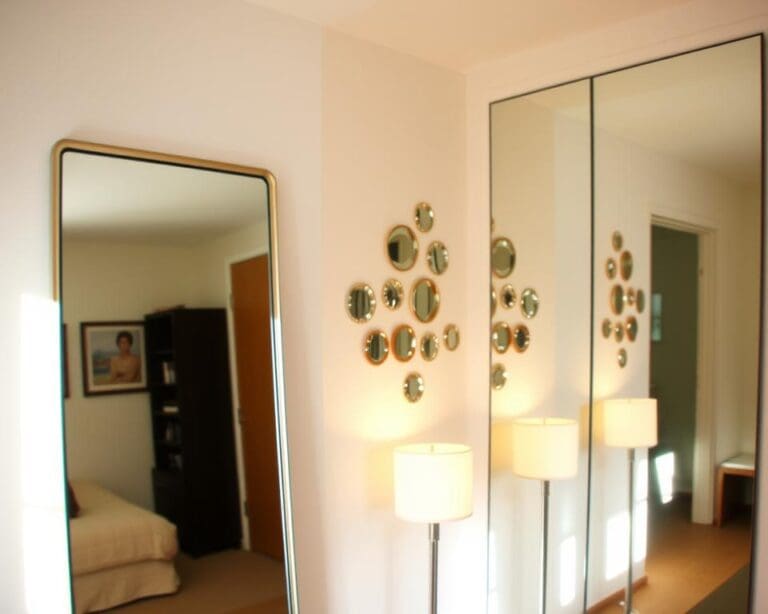In an era defined by constant connectivity and relentless demands, the quest for work-life balance has become a prevalent concern. This notion promises a harmonious existence where professional duties and personal life coexist seamlessly. However, is this concept merely a myth? Increasing awareness of employee wellbeing highlights the detrimental effects that an imbalanced life can have on both mental health and overall productivity. It raises the question—can we truly achieve this ideal balance, or is it simply a reality we strive for yet seldom attain?
The Concept of Work-Life Balance
The definition of work-life balance encompasses the ability to effectively manage professional commitments alongside personal responsibilities. This delicate equilibrium seeks to ensure that neither domain suffers while individuals pursue their goals and aspirations. Over the years, the concept has evolved significantly, influenced by various societal changes that have transformed both the workplace and home life.
Understanding Work-Life Balance
Many view work-life balance as a crucial aspect of overall well-being. It represents more than just allocating hours; it involves an intrinsic understanding of individual needs, priorities, and limits. Achieving this balance allows for increased productivity in the workplace while fostering personal fulfilment outside of work. Recognising the importance of mental health and overall happiness has led to a more holistic approach in defining work-life balance today.
Historical Context and Evolution
The history of work-life balance reveals a fascinating journey from rigid work hours and traditional gender roles to a more fluid arrangement in contemporary society. In earlier times, the workplace primarily functioned as a male-dominated environment, often at the expense of family life. The evolution towards dual-income households marked a turning point, instigating the need for a more adaptable approach. As remote work gained momentum, especially during and after the pandemic, the definition of work-life balance expanded to accommodate varying lifestyles and the significant impact of technology on our routines.

Is work-life balance just a myth?
Public perceptions of work-life balance often pivot around the outcomes of various studies and surveys, which shed light on whether individuals believe this balance is achievable or merely a myth. Insights from organisations such as Gallup and the OECD illustrate the diverse experiences of employees in their quest for harmony between work commitments and personal life.
Studies and Surveys on Work-Life Perception
Work-life balance surveys are pivotal in grasping how people navigate their professional and personal lives. Recent studies underscore a spectrum of satisfaction levels among employees. Some individuals convey contentment in achieving a balance, while others articulate their struggles. Such fluctuations in perceptions indicate that notions of balance are subjective and influenced by individual circumstances. These insights provide a valuable backdrop for understanding broader trends in workplace satisfaction.
Different Perspectives on Balance
Viewpoints on what constitutes work-life balance vary significantly across different demographics and industries. For some, balance may mean flexible working hours, allowing for personal time during weekdays, whereas others may find satisfaction in a more straightforward separation between work and home life. These various perceptions shape the discussion around work-life balance, highlighting that a universal definition is elusive. The contrasts in individual experiences further illuminate the importance of personal context when evaluating what balance truly means.
Challenges to Achieving Work-Life Balance
A myriad of challenges complicates the quest for work-life balance in today’s dynamic world. This balance does not solely rest on individual choices; it is influenced significantly by various external factors. Understanding these components is crucial in identifying the barriers that obstruct harmony between professional and personal realms.
The Role of Technology in Work-Life Dynamics
Modern technology plays a dual role in our lives, with both positive and negative implications. While it enhances communication and fosters flexibility, the technology impact can also encroach upon personal time. Devices that keep us connected to work continuously may blur those essential boundaries between professional obligations and personal enjoyment. Individuals often find themselves responding to emails or messages outside of working hours, leading to increased stress and diminishing satisfaction in their private lives.
Workplace Culture and Expectations
Workplace culture significantly shapes employees’ experiences regarding work-life balance. Organisations with high expectations often foster an environment where long hours are the norm, thus heightening the challenges faced. Leadership styles that emphasise constant productivity can undermine employees’ efforts to establish clear boundaries. When a culture demands unwavering availability, personal responsibilities may take a back seat, resulting in burnout and decreased morale.
Personal Responsibilities and Life Stages
Different life stages bring distinct personal responsibilities that further complicate efforts to achieve balance. For example, individuals with young children must navigate the demands of parenting alongside their careers. Similarly, those caring for elderly family members face unique challenges that require careful management of time and energy. These evolving roles necessitate a flexible approach to work-life balance, underscoring how pivotal life stages can dictate the challenges individuals encounter.
Strategies for Cultivating a Healthy Balance
In today’s fast-paced world, cultivating a healthy balance between work and personal life is essential for overall wellbeing. By implementing effective strategies, individuals can establish clear boundaries that minimise stress and enhance productivity. The following approaches provide valuable insights into achieving this balance.
Setting Boundaries Between Work and Personal Life
Establishing firm boundaries is crucial for maintaining a sense of equilibrium. Designating specific workspaces within the home can create a clear separation between professional and personal environments. After working hours, logging off and engaging in leisure activities fosters a healthy detachment from job responsibilities. Family and friends should be informed about these boundaries to further support personal time.
Time Management Techniques
Effective time management enhances productivity and contributes to a healthy balance. Prioritising tasks can help identify what requires immediate attention and what can wait. Utilising techniques such as the Pomodoro Technique allows individuals to focus intensely on work for set intervals while incorporating short breaks to rejuvenate. Such methods not only boost efficiency but also create space for personal engagement.
Employers’ Role in Supporting Balance
Employers play a significant role in fostering a supportive environment for work-life balance. Implementing flexible work policies can enable employees to manage their time according to personal needs. Offering mental health support initiatives demonstrates an understanding of the challenges faced by individuals seeking balance. A culture of empathy and recognition of personal responsibilities nurtures a more satisfied and productive workforce.
Real-life Experiences and Testimonials
Many individuals have embarked on the quest for work-life balance, and their real-life experiences often resonate deeply with those seeking a similar path. For instance, a young marketing professional shared her journey of returning to work after maternity leave, highlighting the struggle to juggle new motherhood with demanding projects. Her testimonials serve as a powerful reminder of the unique challenges many face, yet she emphasised how setting boundaries and prioritising her personal time made a significant difference in her overall well-being.
Another noteworthy account comes from a tech entrepreneur who realised that to foster a successful company, he needed to first cultivate a healthy work-life balance for himself and his team. Through his work-life balance stories, he revealed the importance of creating a flexible workplace culture that values personal time, thereby resulting in increased productivity and employee satisfaction. These instances illustrate not only personal triumphs but also the broader impact that a balanced approach can have in professional contexts.
While each narrative is unique, the recurring theme in these testimonials is the idea that the journey towards achieving work-life balance may be fraught with difficulties, yet it is ultimately a rewarding endeavour. The experiences of these individuals serve as inspiration, reminding us that success in this pursuit is possible, and that the efforts to carve out a harmonious existence between work and personal life are worth every challenge faced along the way.









